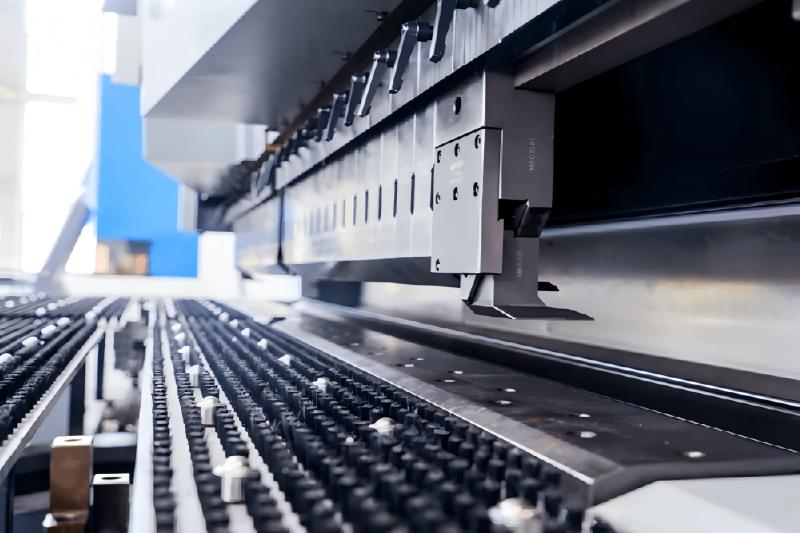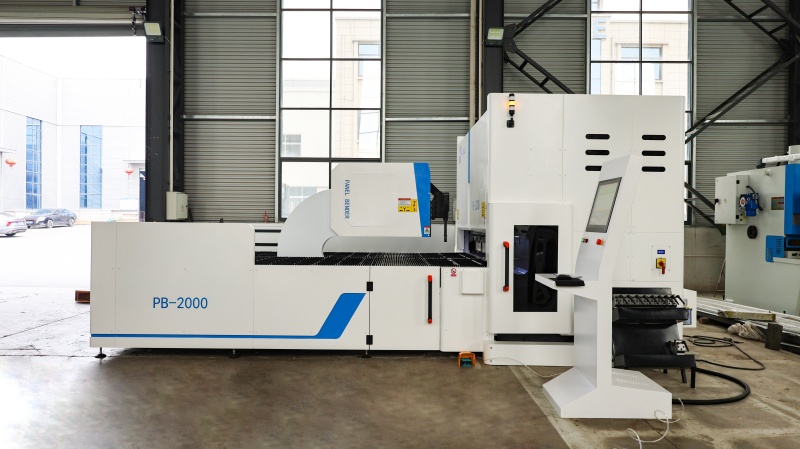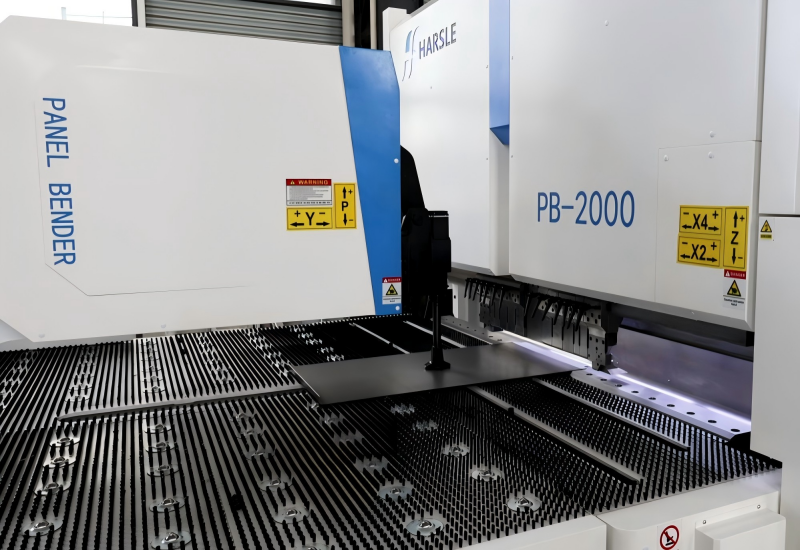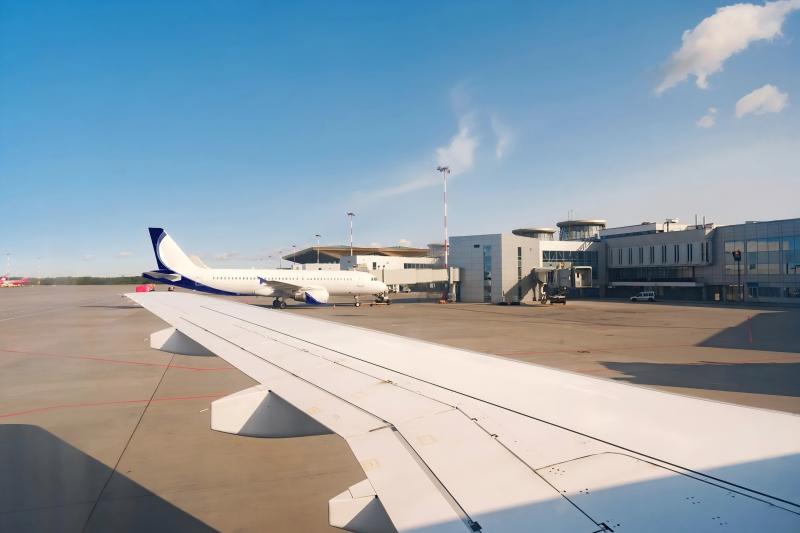Documentation Hub
Comprehensive technical manuals and guides to help you master HARSLE machines and optimize your metalworking efficiency
Why Choose Panel Bender in Aerospace Industry for High Accuracy?
Panel Bender in Aerospace Industry plays a crucial role in ensuring unmatched precision and consistency in manufacturing. Even the slightest deviation in metal bending can impact an aircraft’s safety, aerodynamics, and overall performance. That’s why many manufacturers turn to panel benders to achieve exceptional accuracy and repeatability. In this article, I’ll explain why these machines are indispensable in aerospace production, how to use them for precise operations, and the steps you can take to maximize their performance.
How Panel Benders Improve Accuracy in Aerospace Production
Advanced Servo-Control Systems for Precise Bending
One of the main advantages of using a panel bender in aerospace manufacturing is the servo-driven control system. This system allows precise adjustments to be made on the Y-axis and backgauge positioning. By relying on digital feedback, panel benders minimize operator error and deliver consistent bend angles, even on complex sheet metal components.
Automated Tooling Adjustments for Complex Parts

Aerospace components often require multiple bends with tight tolerances. With automated tooling changes, the panel bender reduces setup time and ensures that each bend is performed with the exact same parameters. This automation is especially useful for creating repetitive parts such as wing panels, fuselage sections, and cabin interior structures.
Consistent Bending Across Different Materials
Aircraft manufacturing involves working with aluminum alloys, stainless steel, and titanium. A panel bender can adapt its force and speed to different materials, ensuring high accuracy regardless of the material thickness or hardness. This versatility helps aerospace companies achieve uniform quality across all parts.
How to Optimize Panel Bender Accuracy in Aerospace Industry
Step 1: Calibrating the Machine Regularly
To maintain high accuracy, I always recommend regular calibration of the panel bender. Using a digital measuring device, I check the bending angle and adjust according to the manufacturer’s guidelines. This prevents cumulative errors from affecting production quality.
Step 2: Preparing the Work Area

Before operating the machine, I ensure the work area is clean and stable. Dust or uneven surfaces can interfere with sheet positioning, leading to inaccuracies in bends. Proper preparation helps avoid misalignment during production.
Step 3: Monitoring Tool Wear
In aerospace applications, precision is everything. Even slight tool wear can impact bending accuracy. I inspect tooling before each production run and replace or regrind tools when needed to guarantee sharp and consistent bends.
Step 4: Using Correct Material Handling Techniques

Aircraft panels are often large and delicate. Incorrect handling may cause warping or scratches. By using support arms and proper lifting systems, I can maintain material integrity and ensure each sheet enters the panel bender in perfect condition.
Common Applications of Panel Bender in Aerospace Industry
Precision Forming of Aircraft Skins

The outer skin of an aircraft must be smooth and aerodynamic. A panel bender ensures each sheet is bent to exact specifications, reducing rework and improving production speed.
Interior Cabin Components
From luggage compartments to seat structures, panel benders are ideal for creating precise, lightweight parts that meet aerospace safety standards.
Structural Reinforcements
Panel benders can produce stiffeners and reinforcements with exact angles, ensuring structural stability without adding unnecessary weight.
FAQs
Why is the Panel Bender in Aerospace Industry better than traditional press brakes for accuracy?
The panel bender offers automated adjustments, servo-control systems, and consistent precision, which are critical in aerospace manufacturing where tolerances are extremely tight.
How often should I calibrate a panel bender for aerospace applications?
I recommend calibration at least once a month or after every 500 operating hours, depending on production volume. This helps maintain accuracy over time.
Can a panel bender handle aerospace-grade materials like titanium?
Yes. With proper tooling and settings, a panel bender can bend titanium, stainless steel, and aluminum alloys, all of which are commonly used in aerospace production.
What role does automation play in aerospace panel bending?
Automation reduces human error, speeds up production, and ensures consistent bending results, which is essential for meeting strict aerospace standards.
Conclusion
The Panel Bender in Aerospace Industry is an indispensable tool for achieving the high accuracy required in aircraft manufacturing. From advanced servo systems to automated tooling and material versatility, it ensures precise and consistent results on every component. By calibrating the machine regularly, preparing the workspace, and monitoring tool wear, I can guarantee maximum performance and accuracy.
If you’re looking to improve bending precision in aerospace production, adopting a panel bender is the right choice. For more detailed guidance or to explore the right machine for your needs, feel free to reach out to our team and discover how HARSLE solutions can enhance your manufacturing process.













